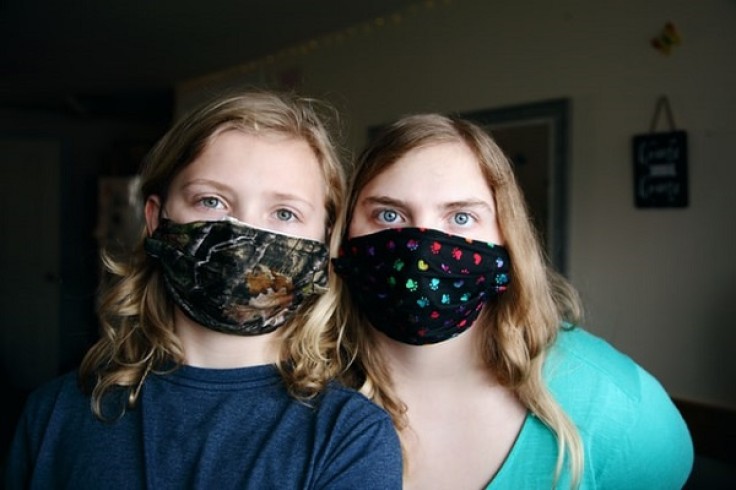The Center for Disease Control and Prevention (CDC) recommends that people who need to go out in public places should wear a face mask to prevent the further spread of the coronavirus. The organization is also suggesting that people use cloth face coverings to slow the spread of the virus and help asymptomatic people from transmitting the virus to others.
For people that are infected with any virus, it is important to cover your nose and mouth either with a tissue, handkerchief, or face mask when you sneeze or cough to avoid saliva droplets from spreading infected particles into the air for other people to breathe in.
A home-made mask is easier and is also highly recommended especially now that disposable masks are better to be left for use by the frontline medical staff; however, how would you know what fabric to use to give you the maximum protection that you need during this time?

What Fabric to Use for Home-Made Mask?
Scientists at the University of Chicago researched a variety of fabrics such as cotton, flannel, chiffon, polyester, natural silk and synthetic silk. They tested how effective the filtration process of each fabric is by using a fan to blow aerosol that has a particle size of 10 nanometers to six micrometers at a resting respiration rate among all the fabric types.
Then they took measurements on the size and number of particles that passed through the fabric.
Cotton Ranked the Highest in Filtration Efficiency
With the single-layered fabric, high thread count cotton had the best performance with approximately 80 percent filtration efficiency for particles larger than 300 nanometers. Researchers found that fabric hybrid combination performed better.
A layer of cotton and two layers of silk have 90 percent filtration efficiency for particles larger than 300 nanometers. They also tried using one layer of cotton and one layer of flannel or two layers of chiffon and got the same results.
The scientists explained that the reason for the high filtration efficacy of the hybrid combination is the combined electrostatic and mechanical filtration. The woven cotton stops the passing of particles through gaps in the fiber, while the silk protects by trapping particles with an electrostatic charge.

Face Masks Should Fit Properly
The main idea of wearing a face mask does not rely only on what fabric was used but the fit of the mask to the person wearing it. Masks with improper fit would leave gaps that could decrease its filtration efficiency by more than 60 percent.
In conclusion, the researchers' advice to people is to wear masks that fit them properly and are made up of a hybrid of the fabrics to provide maximum protection against the coronavirus.
